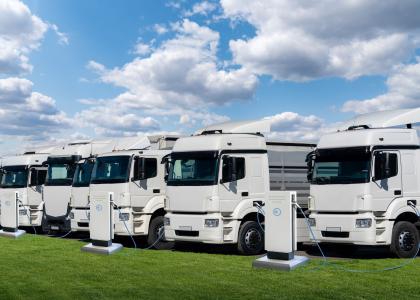Energy efficiency comes into a house from many directions: standards make appliances, equipment, and electronics more efficient, building codes ensure the right amount of insulation and ventilation, utility programs help families manage their energy use, and smart technology saves money with programmable thermostats and energy-sipping LED lighting. So it may come as a surprise that, according to the Energy Information Administration (EIA), on-site residential energy consumption actually grew 8.9% from 1980 to 2009.
Over the same period, energy use per household was relatively stable, with some fluctuation largely attributable to weather and economic conditions. So what explains the growth in consumption? The graph below shows the impact of different factors on the overall change in residential energy use. It’s obvious that the main drivers of increased energy use are (1) the growing number of homes (or “housing effect”) resulting from population growth, and (2) the shift to bigger houses. Much of the impact of these drivers was offset by energy efficiency improvements (or reduced “intensity”), with smaller contributions from population shifts (from colder Northern to more moderate Southern and Western regions), weather, and changes in the mix of housing types.
Deconstruction of change in total residential site energy consumption, 1980-2009
Source: EIA 2015b
Since EIA conducted their analysis on site rather than source energy use, energy losses from electricity generation and distribution are not included, and as a result the full impact of growing electricity use for air-conditioning and household electronics is not addressed. The good news is, as new houses have been added to existing stock during that period, energy efficiency has had a big hand in preventing an explosion of energy consumption.
For more on national energy metrics, see Energy Efficiency in the United States: 35 Years and Counting.
Data Points is a blog series focusing on the graphs and other images that tell the energy efficiency story.




